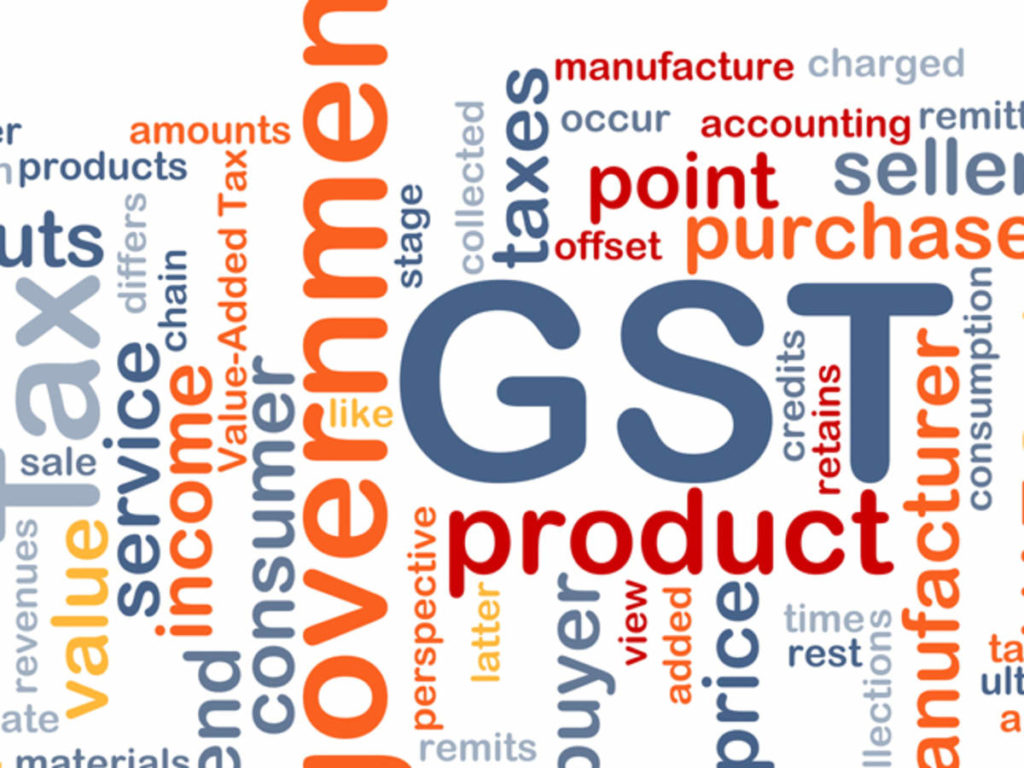GST returns are filed by an individual or dealer and contain all necessary information about the taxpayer’s income, details of sales and purchases, tax collected on sales, tax paid on purchases, etc. to calculate their tax liability. Individuals or entities have to provide GST compliant sales and purchase invoices to file GST returns.
As per the current taxation regime, GST registration is mandatory for businesses that have a turnover of Rs.40 lakh and above.
A 15-digit alphanumeric code is assigned to the registered individual, which is known as Goods and Service Tax Identification Number (GSTIN). This number is the basis for tracking every GST related transactions.
However, it takes some time before GSTIN is assigned to an individual and for that intermediate period, an acknowledgment GST ARN number is assigned. One can check ARN status to know if their registration for GST online is complete and they have been assigned with the GST number.
According to the GST Act, every registered individual or business will have to file monthly or quarterly returns. Businesses need to file returns timely to ensure they are tax compliant and to ensure they have declared all needed information that determines their tax liability.
Thankfully, filing returns has been easier than before with the availability of automated online platforms catering to the needs of taxpayers.
How to file GST returns online?
With the application and software provided by Goods and Service Tax Network (GSTN), filing returns has been made easier as the details can be auto-populated in the site. Users can follow this step-by-step guide for the GST return filing process.
- Taxpayers have to visit the GST portal online.
- Tap the ‘Services’ tab and click on ‘Returns Dashboard’.
- Individuals need to select the financial year and the return filing period from the drop-down menu.
- Upload all the invoices in the portal and make sure to note the unique invoice reference number is issued for each invoice.
- All the invoices, inward and outward return and cumulative monthly returns should be filed online. Individuals should also check for errors and get it rectified in due time.
- Individuals should also know about the right Form type they have to file for GST returns after they are through the GST registration procedure.
- GSTR-1 return filing Form should be filed within the 10th of the following month for filing returns of outward supply.
- GSTR-2A contains information about the outward supplies furnished by the supplier to recipients who can verify, validate, and modify the authenticity of information and file the details of credit and debit notes.
- Finally, click the ‘Submit’ button to file returns.
Businesses that file GST returns online and on time will be able to ensure there are no added charges and penalties levied.
However, since most small and medium scale businesses already require hefty capital investment, paying GST for goods and services may increase the total financial liability for them.
In such cases, when businesses face a shortfall of funds, they can avail a business loan and accumulate funds to meet various financial requisites of their firm.
Furthermore, non-banking financial companies like Bajaj Finserv makes the loan application procedure simpler for existing customers with their pre-approved offers.
Filing GST returns on time is crucial for businesses as it can affect their tax compliance status and may impact their financial standing. Hence, one must be aware of the common mistakes they tend to make while filing returns and should avoid them.
Common mistakes while filing GST returns
- Errors in uploading invoice details are a common mistake. Invoices require information like place of supply, date, rate of tax, etc. which needs to be filled with accuracy so that there is no mismatch in data between GSTR-1 and GSTR-3B. Also, making changes after filing returns is not allowed, so one should be careful.
- Not filing NIL return is another mistake individuals often commit.
- Inputting GST liability under the wrong GST head can affect one’s business negatively.
- Not claiming the correct value of input tax credit can be a case that many taxpayers tend to do. Hence, cross-verification of data is important to ensure they don’t make any mistakes in the process.
Individuals and entities that have been through the GST registration procedure can make use of the steps mentioned above and avoid any hindrance that might come their way. It will help an organization abide and operate by the guidelines and grow its business.



